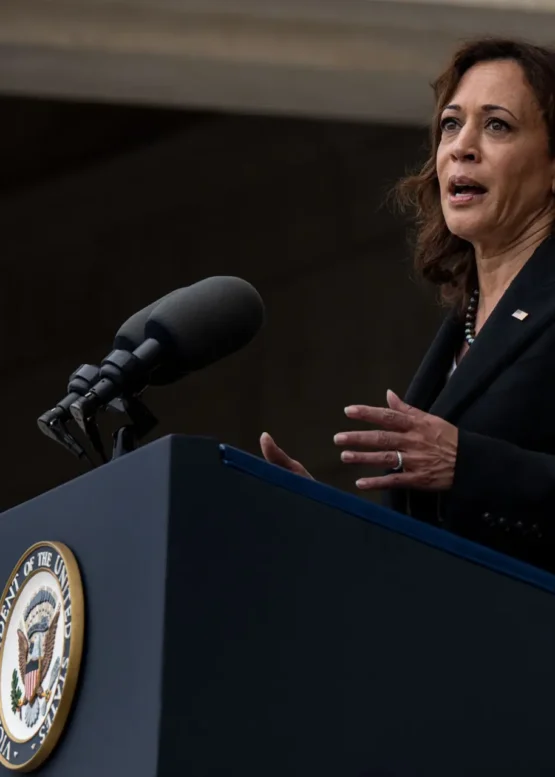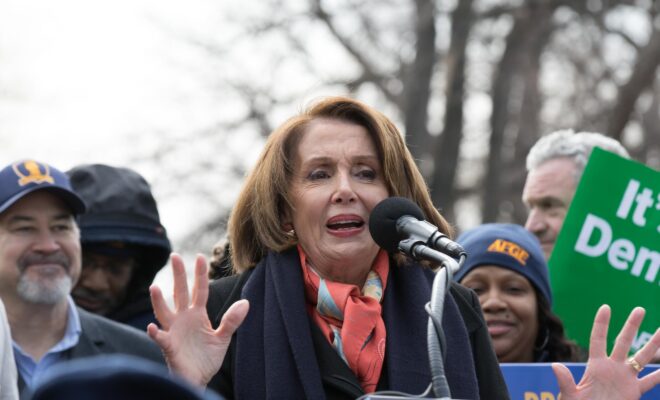Two reports on the failures of Silicon Valley Bank and Signature Bank cast a harsh light on the banks' practices and on regulators' laxness.
The Federal Reserve Report, which focused on Silicon Valley Bank, identified four key issues:
1.Silicon Valley Bank's board of directors and management failed to manage their risks.
2. [Federal Reserve] Supervisors did not fully appreciate the extent of the vulnerabilities as Silicon Valley Bank grew in size and complexity.
3. When supervisors did identify vulnerabilities, they did not take sufficient steps to ensure that Silicon Valley Bank fixed those problems quickly enough.
4. The Board's tailoring approach in response to the Economic Growth, Regulatory Relief, and Consumer Protection Act (EGRRCPA) and a shift in the stance of supervisory policy impeded effective supervision by reducing standards, increasing complexity, and promoting a less assertive supervisory approach.
In other words, the bank was reckless and the Fed got lazy. The upshot: the second largest bank failure in U.S. history.
But there's a wrinkle to the Silicon Valley Bank story that extends beyond bankers and their regulators:
…the combination of social media, a highly networked and concentrated depositor base, and technology may have fundamentally changed the speed of bank runs. Social media enabled depositors to instantly spread concerns about a bank run, and technology enabled immediate withdrawals of funding.
It's another way of saying this was history's first Twitter-based bank run. Could it happen again? Possibly. And the Fed acknowledges it needs to broaden its awareness of things that can go wrong, and be prepared to act swiftly to address them.
The other report, from the Government Accountability Office, came to similar conclusions about Silicon Valley and Signature Bank:
Risky business strategies along with weak liquidity and risk management contributed to the recent failures of Silicon Valley Bank and Signature Bank. In both banks, rapid growth was an indicator of risk. In 2019–2021, the total assets of Silicon Valley Bank and Signature Bank grew by 198 percent and 134 percent respectively—far exceeding growth for a group of 19 peer banks (33 percent growth in median total assets). To support their rapid growth, the two banks relied on uninsured deposits, which can be an unstable source of funding because customers with uninsured deposits may be more likely to withdraw their funds during times of stress. Additionally, Silicon Valley Bank was affected by rising interest rates and Signature Bank had exposure to the digital assets industry. The banks failed to adequately manage the risks from their deposits.
It also noted the Federal Reserve's and FDIC's failures:
The Federal Reserve Bank of San Francisco rated Silicon Valley Bank as satisfactory up until the bank received its first large bank rating in 2022. The Reserve Bank downgraded Silicon Valley Bank in June 2022 and began working on an enforcement action in August 2022. However, it did not finalize the action before the bank failed.
The Federal Deposit Insurance Corporation (FDIC) took multiple actions to address supervisory concerns related to Signature Bank's liquidity and management, but did not substantially downgrade the bank until the day before it failed.
After-action reports like these are useful in exposing failings, weakness, and so on in the existing system.
But without reform, the system will fail again – perhaps with greater consequences for the larger financial system.
The point is not to let these reports sit on shelves and be forgotten but to ensure that reforms are enacted before the next crisis erupts. And the clock is ticking: the FDIC seized and sold the once high-flying First Republic Bank over the weekend. Another casualty of the March Banking Madness…or a harbinger of more hardship to come?
The opinions expressed in this article are those of the author and do not necessarily reflect the positions of American Liberty News.
READ NEXT: Fox Sends Cease-And-Desist Letter Over Leaked Tucker Carlson Footage































Didja’ ever notice, whenever Democrats are in charge, the whole country AND the rest of the world go straight to heII?
There are heavy reports that local individuals and foreign short sold bank stocks prior to a collapse. This undercut financial stability. There are countries that want America to fail, Saudi Arabia, Iran, China etc. You collapse a country by ruining it’s banking structure as George Soros did to England. I expect he hasd a hand in these bank failures as well. There will be more to come and the Fed Reserve is pure crap. This Fed government is clueless.
The DemoCreeps believe that money grows on trees and is free for the harvesting, an UN-Scriptural attitude. Nancy was a great spokeswoman for their mindset and their cause, routinely saying things like: (1) ‘We’ll have to pass it so that you can find out what’s in it,’ and (2) ‘We ALL belong to the Government.’